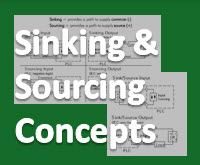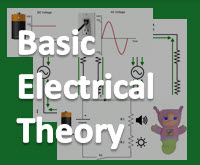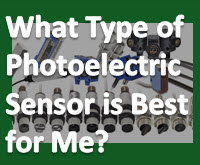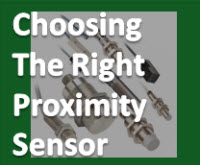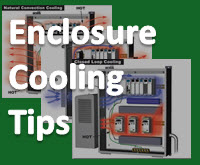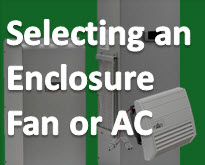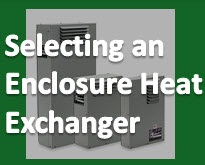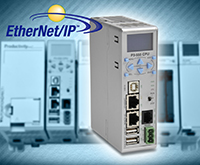When choosing the type of input or output module for your PLC system, it is very important to have a solid understanding of sinking and sourcing concepts. Use of these terms occurs frequently in discussion of input or output circuits. It is the goal of this post to make these concepts easy to understand, so you can make the right choice the first time…
No single discovery has affected our lives, our culture and our survival more than electricity. Electricity is everywhere; it lights our way, cooks our food and can even brush your teeth. For an example, imagine where the medical field would be without electricity and in that sense how many lives have been saved due to…
There are four basic motor control options available: Basic contactors, traditional starters, manual motor starters, or combination starters. A basic contactor is a special purpose relay that is used to control large electrical currents. Similarly, a traditional starter utilizes overload relays, auxiliary and alarm contacts, and mechanical interlocks to create a reversing unit. On the other…
There are many different styles of photoelectric sensors, but really only four basic technologies: through-beam, reflective, diffuse, and background suppression. The chart describes some advantages and disadvantages of each technology. To learn more about AutomationDirect’s photoelectric sensors visits www.AutomationDirect.com/photoelectric. Through-beam Advantages: Disadvantages: Reflective Advantages: Disadvantages: Diffuse Advantages: Disadvantages: Background Suppression Advantages: Disadvantages: To read more articles…
Proximity sensors allow non-contact detection of objects. Therefore, they are used in many industries, including manufacturing, robotics, semiconductor, and many more. Inductive sensors detect metallic objects while capacitive sensors detect all other materials. Ultrasonic sensors detect all materials by using sound wave reflections to determine presence. All applications have certain specific needs, but, in general, the…
You need to cool down – Heat inside an enclosure can decrease the life expectancy of controlling units such as your PLC, HMI, AC drives and other items. Excessive heat can cause nuisance faults from your electrical and electronic components: for example, overloads tripping unexpectedly. Heat will also change the expected performance of circuit breakers and fuses, which can cause whole…
Automation NotebookeBookeBook Landing PagesEnclosures & AccessoriesLearning ResourcesOnline OnlyProduct
Selecting an Enclosure Fan or Air Conditioner
Internal and External sources often cause enclosure internal temperatures to rise above the ratings of the control equipment. Internally, the same items that can be damaged by heat (power supplies, PLC systems, AC drives/inverters, HMI systems, battery back-up systems, servos, etc.) may also be the source of the heat. Externally, sources of heat that can
Heat inside an enclosure can decrease the life expectancy of controlling units such as your PLC, HMI, AC drives and other items. Excessive heat can cause nuisance faults from your electrical and electronic components. Heat will also change the expected performance of circuit breakers and fuses, which can cause whole systems to shut down unexpectedly.
AutomationDirect’s Productivity3000 controller now supports the ODVA’s EtherNet/IP as a standard protocol. Through its embedded Ethernet port, the P3-550 CPU can support EtherNet/IP configurable as a Scanner or Adapter (or both simultaneously). The P3-550 CPU can communicate to devices using either Explicit messaging or Implicit “I/O” messaging methods.
While energy efficiency is vital for consumer electronics, the industrial automation customer also benefits from chip manufacturers’ perpetual goal to create processors that do more while using less energy. This White Paper explains how consumer electronic


